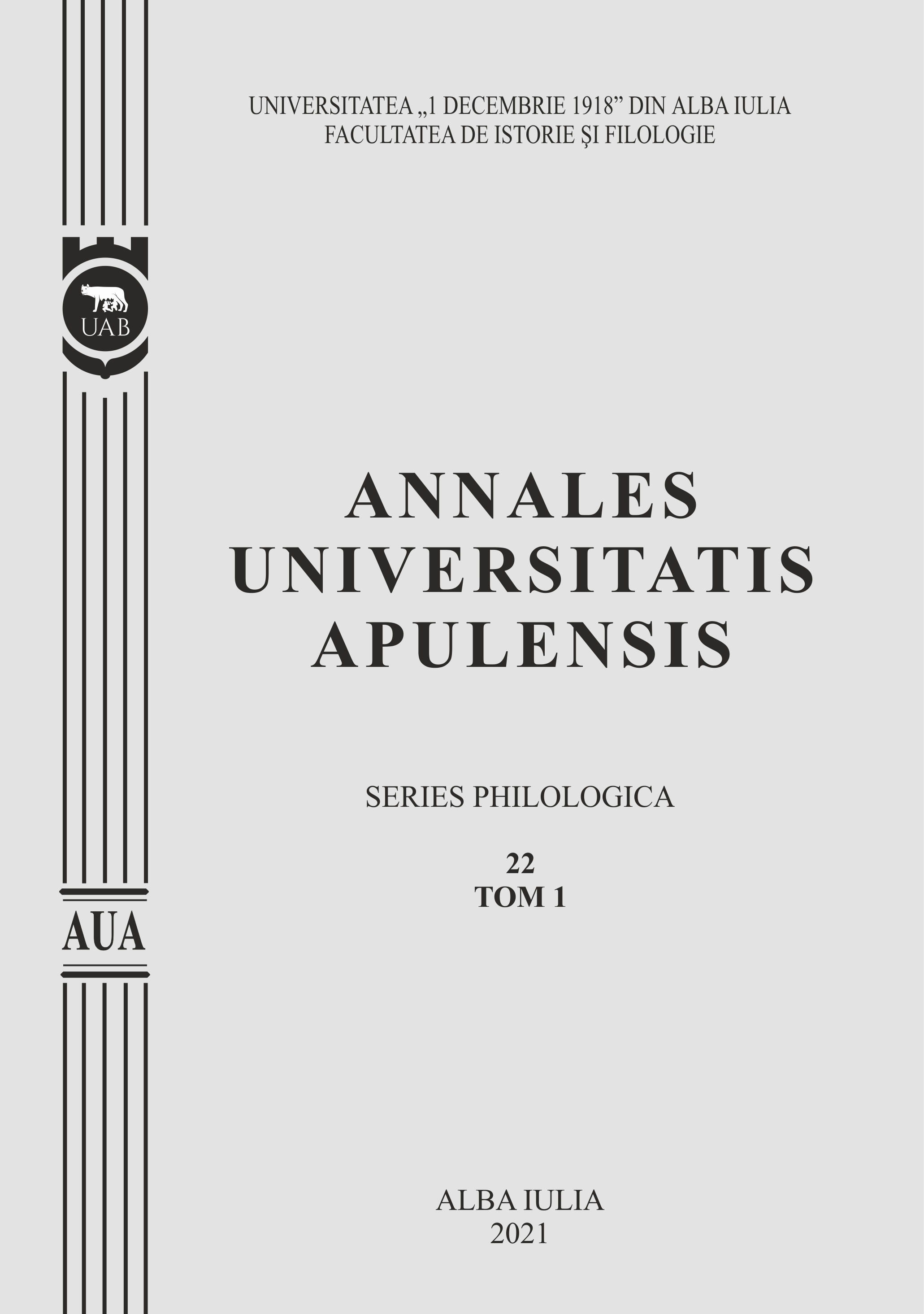SCIENTIFIC DEVELOPMENT AND VICTORIAN LITERATURE
Scientific Development and Victorian Literature
Author(s): MELINDA BARTA-MIHALYSubject(s): Language and Literature Studies, Studies of Literature, Comparative Study of Literature, British Literature
Published by: Universitatea »1 Decembrie 1918« Alba Iulia
Keywords: Darwinism; evolutionary theory; atavism; heredity; science;
Summary/Abstract: Many scholars believe that the foundations of the relationship between science and culture can be found in the Victorian friability of the boundaries between scientific knowledge and artistic expression. The awareness of the decisive changes in several areas of science brought a shift in literary perspectives as well: the prevalent themes of the age, the means through which the message is conveyed, and the variation in the frame of reference point to this period’s importance. The present study attempts to investigate the assimilation of the scientific disputes in literature and how literature becomes an attestation of the general discourse of the age. The intellectual current of the age appealed to a wide range of writers: some of them embracing the changes, others opposing the ideas advanced by the scientific development. This article proposes to discuss Lewis Carroll’s children’s literature, Thomas Hardy’s Tess of the D’Urbervilles, and Robert Louis Stevenson’s Gothic fiction within the framework of the dominant scientific discourse of the century. The concepts of transformation, religion, natural selection, heredity, species, desynchronized body, atavism, religion, and science are the aspects that link these works. The ideas advanced by Charles Darwin’s On the Origin of Species (1859) and The Descent of Man And Selection in Relation to Sex (1871) influenced not only the general public and the scientific scene but the artistic expression as well. Alice’s journey in Wonderland is not arbitrarily constructed around the ideas of natural selection, evolution, and regression, shrinking and expanding body, nature, species of animals, and religion. Neither the accent upon Tess of the d’Urbervilles’ lineage and heredity, her relation to the sacred, her desynchronized body and atavism, nor Jekyll’s scientific pursuit, Hyde’s savagery, and animal instincts are mere accidents in the Victorian literature. The recurrence of these themes in the Victorian age are adaptations of the public discourse to the literary perception. Without proposing to be extensive, this article acknowledges that the common aspects of the presented works are conscious reflections of the writers regarding the leading thoughts and concepts of scientific life during the Victorian age.
Journal: Annales Universitatis Apulensis. Series Philologica
- Issue Year: 22/2021
- Issue No: 1
- Page Range: 123-136
- Page Count: 14
- Language: English

